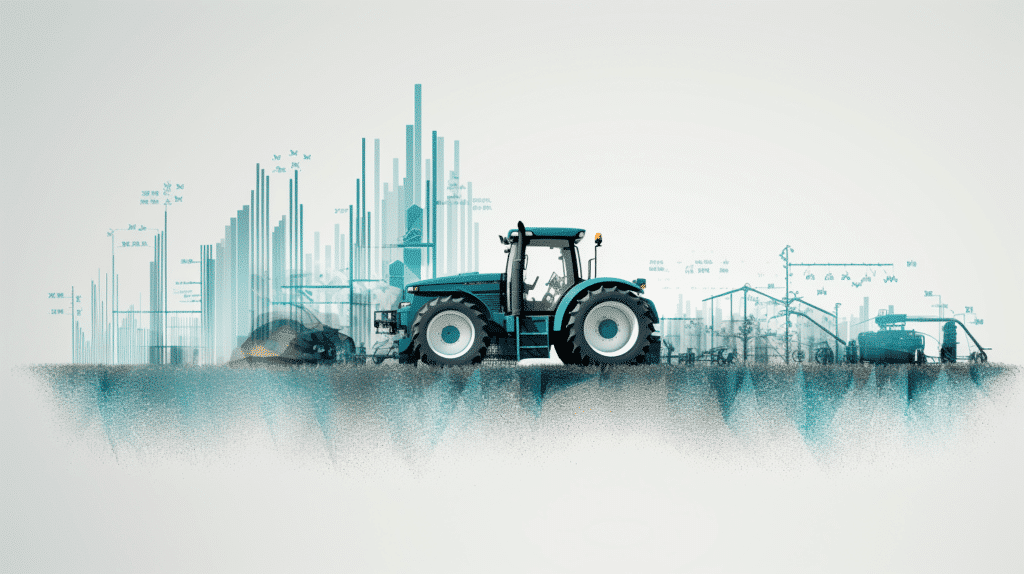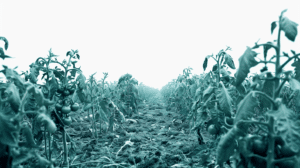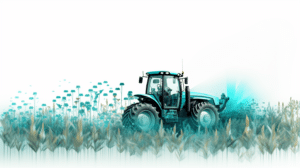Changing Agriculture’s carbon balance – shifting from declarations to metrics.
Agriculture is an inherently carbon-capturing industry, as plants capture carbon from the air and sequester it into the soil as part of their life cycles, but modern farming practices have had an impact on Agriculture’s carbon accounting by making the sector a major carbon emitter. This has also made agricultural production a substantial part of food and beverage companies’ scope 3 emissions. New regulations are demanding companies to account for their resource use and carbon footprint across their entire value chain, therefore it’s not surprising that reducing agricultural GHG emissions has become a strategic priority for many food and beverage companies.
Why is agriculture a major emitter?
Plowing single-crop fields release carbon into the air. Farm tilling interferes with the soil’s nutrients and microbes, so fertilizer use increases. Thus, maintaining single-crop fields means more fertilizer, which means more nitrous oxide released into the ecosystem by the fertilizer, which equals more carbon emissions. This is the vicious cycle of industrialized farming.
The impact has been amplified by farmers clearing more densely forested land to acquire more grazing pastures, significantly diminishing the amount of natural carbon sequestration per square hectare.
Every stage of today’s farming and food-producing process – from plowing and harvesting, to clearing, all the way to consumers generating food waste, spoilage, and greenhouse gas-producing landfill decomposition – creates ever more carbon challenges across the entire agrifood chain.
These practices are not only emission-intensive, but also expensive due to the intense use of agrochemical inputs. Transitioning to less carbon-intensive methods of farming, however, is not simple or cheap either, with many farmers stating lack of financial backing is a major barrier to sustainable farming.
Documentation, not window-dressing
Furthermore, growers can’t simply declare they are sustainable – sustainability needs to be validated and measured. But as the recent debates surrounding climate-risk disclosure regulations exemplified, farmers are concerned with the need to meticulously document their actions, on top of their never-ending list of tasks and concerns. Yet calculating carbon emissions, or agriculture carbon accounting, requires just that – documentation, auditing and approval procedures that are out of reach for most smallholder farmers.
F&Bs can help their farmer suppliers prove and support their sustainability efforts and subsequent emissions reduction by providing them with an agronomic intelligence platform that will simplify and document their workflows, augmenting them with external information sources into a single emissions record. This will give farmers and their F&Bs a clear and precise picture of carbon emissions and resource use in an audit-ready and KPI-aligned manner.








